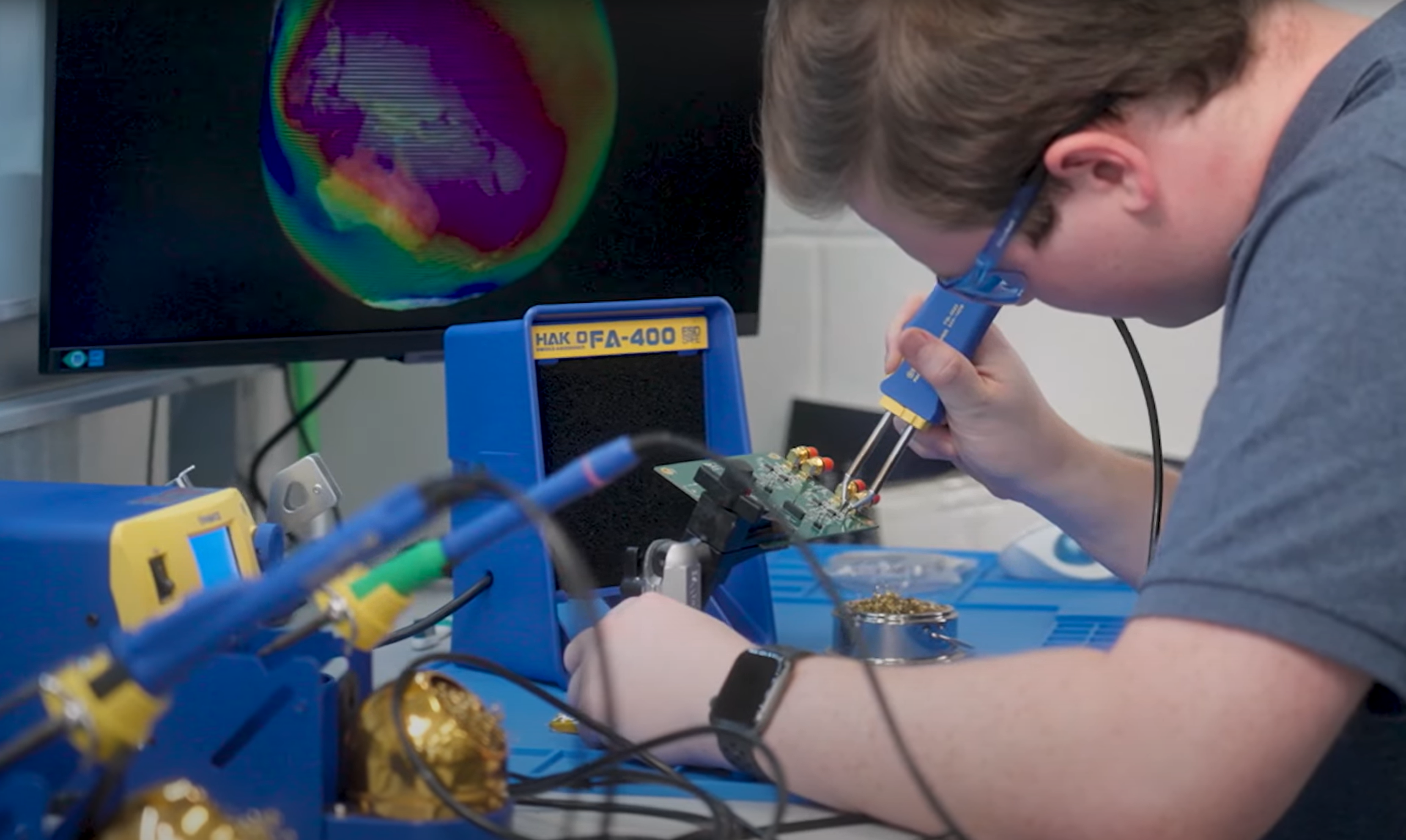Share
From UF to NASA: GRATTIS Video Documentary
The GRATTIS mission, spearheaded by the University of Florida and funded by NASA, is set to revolutionize our understanding of Earth’s gravitational field and its implications for climate science. Building on the legacy of the GRACE mission launched in 2002, GRATTIS aims to enhance the precision of gravity measurements by testing advanced accelerometers in space. These cutting-edge sensors promise to deliver unprecedented data on water and ice distribution across the planet, offering critical insights for water resource management and climate change mitigation.

The GRATTIS mission, spearheaded by the University of Florida and funded by NASA, is set to revolutionize our understanding of Earth’s gravitational field and its implications for climate science. Building on the legacy of the GRACE mission launched in 2002, GRATTIS aims to enhance the precision of gravity measurements by testing advanced accelerometers in space. These cutting-edge sensors promise to deliver unprecedented data on water and ice distribution across the planet, offering critical insights for water resource management and climate change mitigation.
What sets GRATTIS apart is its innovative approach to satellite design. By enabling a small satellite configuration, the mission not only reduces costs but also paves the way for larger constellations of satellites. This advancement will allow for more frequent and detailed measurements, transitioning from monthly to potentially weekly data updates. Such improvements are crucial for scientists and policymakers striving to address pressing environmental challenges with accurate and timely information.
Scheduled for launch in the first half of 2027, GRATTIS represents a significant leap forward in Earth science missions. The project not only showcases the potential of new technology but also highlights the importance of involving early-career scientists in groundbreaking research. By providing hands-on experience with NASA missions, GRATTIS is cultivating the next generation of leaders in space technology. As the mission progresses, it holds the promise of delivering better data than ever before, empowering us to understand and protect our planet more effectively.
credit
PSSL/
WebsEdge Science
